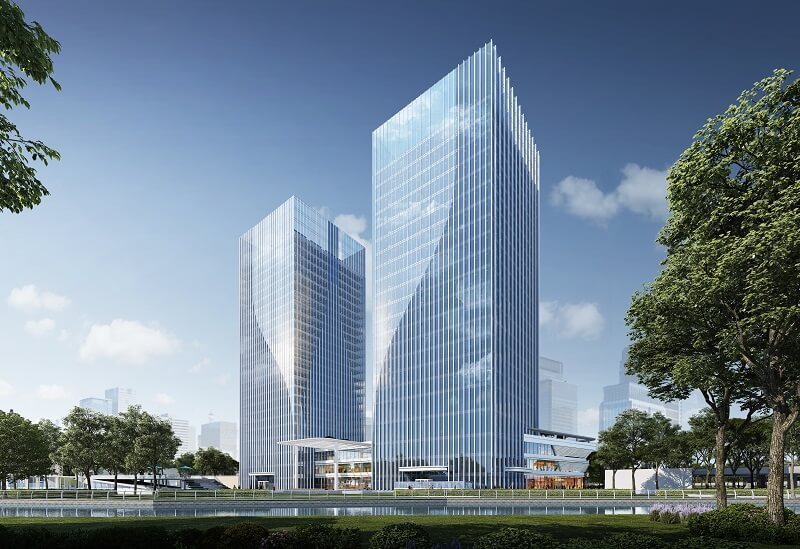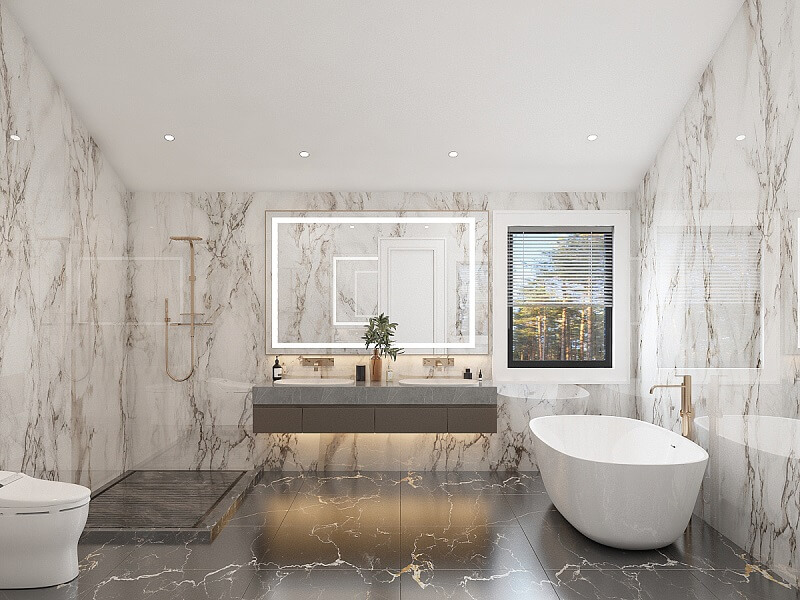what is the future of architectural visualization?
The future of architectural visualization is likely to involve increasingly realistic and immersive experiences, made possible by advancements in technology and rendering techniques.
This could include the use of virtual and augmented reality, allowing users to explore and interact with virtual environments in new ways. Additionally, there may be a greater emphasis on sustainability and energy efficiency in architecture, leading to new visualization tools and techniques that can help architects and designers explore and optimize the environmental performance of their designs.
The increasing availability of data and computational power is also likely to play a role in shaping the future of architectural visualization, enabling more sophisticated and data-driven approaches to design and visualization.

will architectural visualization be end soon?
It is highly unlikely that architectural visualization will come to an end in the foreseeable future. In fact, the demand for architectural visualization is likely to continue to grow as architects and designers increasingly rely on digital tools and techniques to explore, communicate, and refine their designs.
The field of architectural visualization is constantly evolving, with new technologies and techniques emerging all the time, so it is likely to remain a vital and dynamic part of the design process for many years to come.
who need architectural visualization the most?
Architectural visualization is a valuable tool for a wide range of people, including architects, designers, engineers, real estate developers, and marketing and communications professionals.
For architects and designers, visualization can help them explore, test, and communicate their design ideas more effectively, by allowing them to create accurate and realistic representations of their concepts.
For real estate developers, visualization can be used to create engaging and compelling marketing materials that help sell properties or secure funding for projects. And for marketing and communications professionals, visualization can help them create visual content that effectively communicates the design and features of a project to a wide audience.
Overall, anyone who is involved in the design, development, or marketing of buildings or other built environments can benefit from the use of architectural visualization.

How does architectural visualization help Architects and marketer?
Architectural visualization can help in a number of ways. Some of the key benefits of using architectural visualization include the following:
It allows designers to explore and test design ideas more effectively. By creating a realistic 3D model of a proposed design, designers can see how their ideas will look and function in the real world, and make changes and refinements before any physical work is done.
It helps architects and designers communicate their ideas more effectively. With architectural visualization, designers can create images and videos that accurately and realistically represent their design concepts, making it easier for others to understand and evaluate the design.
It can help to identify and resolve potential design issues before they become problems. By creating a detailed and accurate 3D model of a design, designers can test the feasibility of their ideas and identify potential issues, such as structural problems or conflicts with existing buildings or infrastructure.
It can be used to create engaging and compelling marketing materials. By creating high-quality visualizations of a proposed design, real estate developers and other professionals can create marketing materials that help sell properties, secure funding, or gain approval for a project.
It allows for more accurate and efficient construction. By using detailed 3D models for visualization, architects and designers can create more accurate plans and specifications, reducing the risk of errors or changes during the construction process.
Overall, architectural visualization can help designers, developers, and other professionals to create more effective, efficient, and compelling designs, and to communicate those designs more effectively to others.

